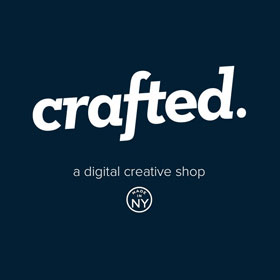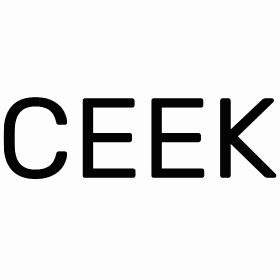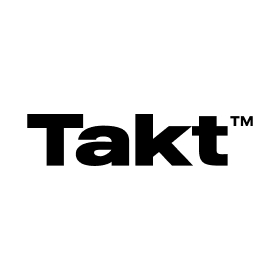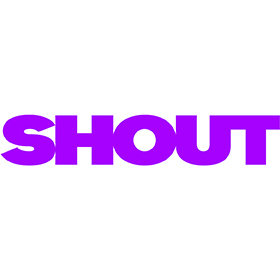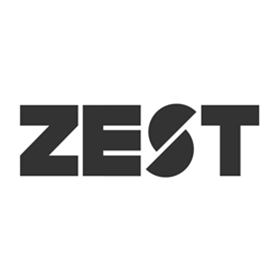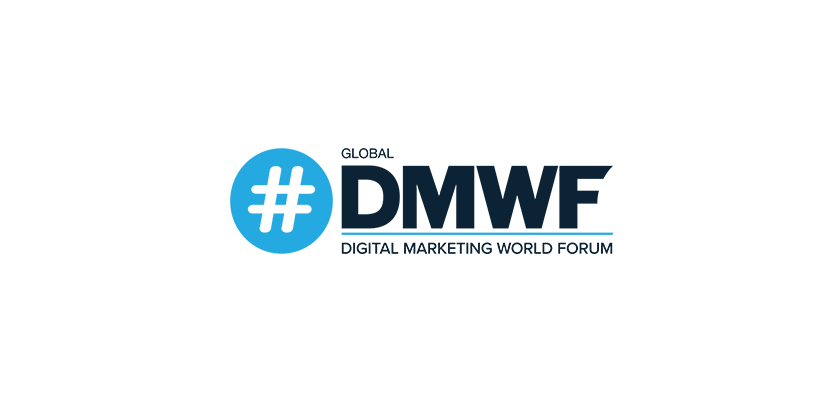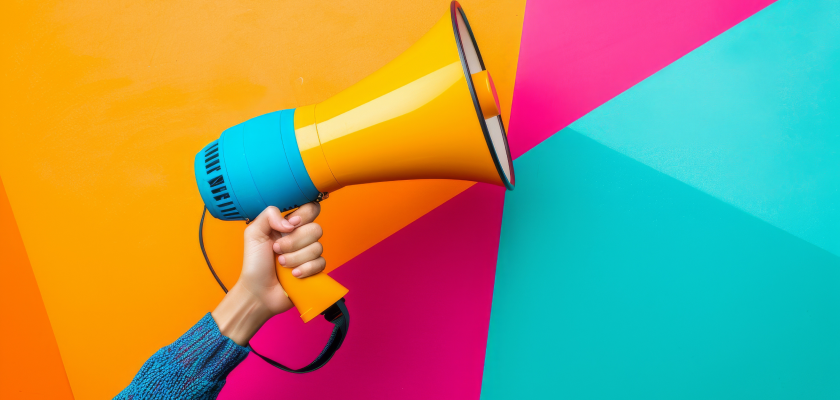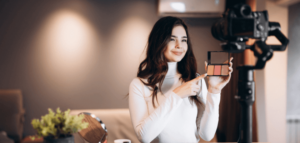As Influencer Marketing Matures, Brand Safety Concerns Are on the Rise
Influencer marketing is a big business – and it’s showing no signs of stopping.
The market is estimated to grow to $199.6 billion by 2032, representing a whopping 28.6% CAGR over the course of a decade. In 2024 alone, marketers are projected to spend 16% more on influencer marketing budgets than last year.
The cultural impact of this industry is hard to overstate – maybe that’s why multiple studies have found that more than half of Gen Z would choose to be influencers if given the chance, and over one in four plans to become an influencer.
There’s a good reason for these figures – when influencer marketing works, it’s a runaway success. In the context of wider marketing strategies aimed at circumventing ad fatigue, working with influencers has also emerged as a scalable way to truly connect with the niche audiences tucked away in the corners of the media landscape.
Effective partnerships extend the reach of brands, boost the authenticity of their messaging, and drive revenue. Indeed, 81% of social media marketers describe influencer marketing as an essential part of their social media approach.
But even top-performing marketing channels have their drawbacks, and for influencer marketing, one of the biggest issues historically has been brand safety. The strength of influencer marketing is that you’re leveraging each creator’s unique voice; the drawback is that it can seem impossible to vet every one of them.
Today, there’s rising awareness about the times when influencer partnerships go south. This doesn’t just mean campaigns that fail to meet a brand’s goals or influencers who can’t deliver the results they promised, but when influencer marketing actively harms the brand.
Unfortunately, brand safety fears are well-founded. The fallout from a negative influencer relationship can result in reputational damage, loss of consumer trust, and missed sales. Resolving the issue can be tricky, time-consuming, and can often cause more damage during the process of trying to fix it.
Some companies have seen their image permanently harmed by associating with influencers who caused bad publicity. Kanye West lost sponsorships after his 2022 hate speech outbursts, but Adidas faced a bigger backlash for hesitating before dropping him.
One of social media’s most followed figures, Jimmy “MrBeast” Donaldson, earns millions from sponsored content deals, which might start slowing down following ongoing controversies surrounding his “philanthro-tainment” content, allegations of toxic and abusive behavior over the years, and putting his name on low-quality products.

Mismatch with the audience
Working with influencers who attract negative media coverage isn’t the only peril. Brands also need to identify influencers who are great fits for their messaging. They may want to avoid someone whose political stance doesn’t align with that of your brand audience, or who has a different opinion on divisive issues like climate change or vaccines.
If your audiences don’t align, it can damage both of your reputations and cause significant confusion and dissatisfaction among consumers. The challenge is that sometimes the topic has clearly opposing sides, but other times the line is vague. For example, if an influencer who lives in a state where marijuana is legal posts about their personal use, are they a safe match for your brand?
The vegan, cruelty-free brand MCoBeauty ran up against this when the influencer they worked with, Emma Claiir, admitted last spring to animal cruelty when she was a child. Although many people laughed with her and dismissed it as unimportant, the brand couldn’t risk continuing to work with her.
It could even be something as minor as a clash of styles, like an elegant, formal brand working with someone who uses a lot of crass language. Or an influencer promoting something they don’t really believe in, like when people jeered Gigi Hadid for promoting McDonald’s or Cristiano Ronaldo represented Facial Fitness Pao. These mismatches dilute your brand identity, weaken your messaging, and make it harder to establish a consistent brand presence.
Regulatory non-compliance
In most regions, influencers have to disclose business relationships and label sponsored content. Failure to do so can result in fines, lawsuits, and sanctions, and damage your reputation for honesty, which can drag down customer trust.
Today the US Federal Trade Commission (FTC) requires influencers who are paid promoters to provide “clear and conspicuous” disclosure, and the UK has had similar regulations in place since 2008.
In some industries like finance and health, marketing claims are highly regulated. The FDA formally warned Kim Kardashian after she promoted Diclegis anti-morning sickness pills without revealing the risks of the medication. Only people who are above legal drinking age are permitted to promote alcohol, and they still need to do so with great care. Even influencers marketing power tools need to avoid violating safety best practices in their content.
“Beyond regulatory issues, working with influencers who fail to disclose their relationships puts brand equity at risk,” notes Emily Hund, author of The Influencer Industry: The Quest for Authenticity on Social Media, and a research affiliate at the University of Pennsylvania. “Plenty of brands have earned a reputation for being all marketing and no substance when it became clear that they prioritized a quick sale over integrity of the product or the message.”
Dishonest promotions
The risks of working with influencers who engage in dishonest practices creates another set of challenges for brands. Creators who run exaggerated claims, rigged contests, or are overly promotional can be a liability, as Tower Jewellers discovered when their influencer Terrie McEvoy rigged a giveaway so that her friends won.
Dishonest promotions can even happen without any malicious intent. If you work with an influencer who doesn’t really understand your product or industry, they could make unrealistic claims by mistake. The same can occur with inexperienced collaborators who end up pushing a product too much, resulting in overexposure that makes consumers get tired of it, the influencer, and your brand.
Any lack of transparency can be damaging for your brand. When model Katie Price promoted Snickers bars, people were confused and disbelieving. It resulted in bad press for Snickers, which almost got fined by the UK advertising watchdog for running a campaign without being open about it.
Addressing the challenges associated with vetting creators
The negative fallout from choosing the wrong influencer can be immense, but it’s also hard to predict. Influencers could cause trouble for your brand through their personal behavior, like scandal, drunkenness, or violence – or through the content they post or repost.
What’s more, safety issues could result from something that happens now or will happen next week, or even when an event from their distant past catches up with them, making this all a minefield.
Dealing effectively with influencer brand safety requires a huge time investment. Do you really have the time to investigate all their past content for misalignment, mistakes, or dishonesty? And can you be sure that you’ve checked everything? You might miss something significant that’s lurking on another channel, like a podcast appearance that you missed because you only checked Instagram and X.
The only solution is to use technology. Advanced analytics can scan every corner of the internet, analyze all the content, and vet influencers thoroughly, comprehensively, and without any gaps in a way that humans just can’t. Today, AI enables all kinds of marketing efficiencies, and tools have emerged that automate this type of time-consuming evaluation at scale. These tools can also be used to identify emerging trends and influencer communities, like the rise of AI influencers, which can be a great way to stay ahead of the curve.
Brand safety has become a serious concern
In our conversations with brand marketers and the agencies that represent them, my team at Popular Pays has been hearing a lot about brand safety concerns. While it’s always been an important issue, the speed of social media and other digital-first channels has started to prompt a change in how people tackle the brand safety challenge.
The stakes are high – a successful collaboration can drive awareness, reach, and revenue, but one that’s mismatched, non-compliant, or non-transparent can cause lasting financial and reputational loss. Marketers who enter the arena with their eyes open and the right toolbox will stand a better chance of success.


